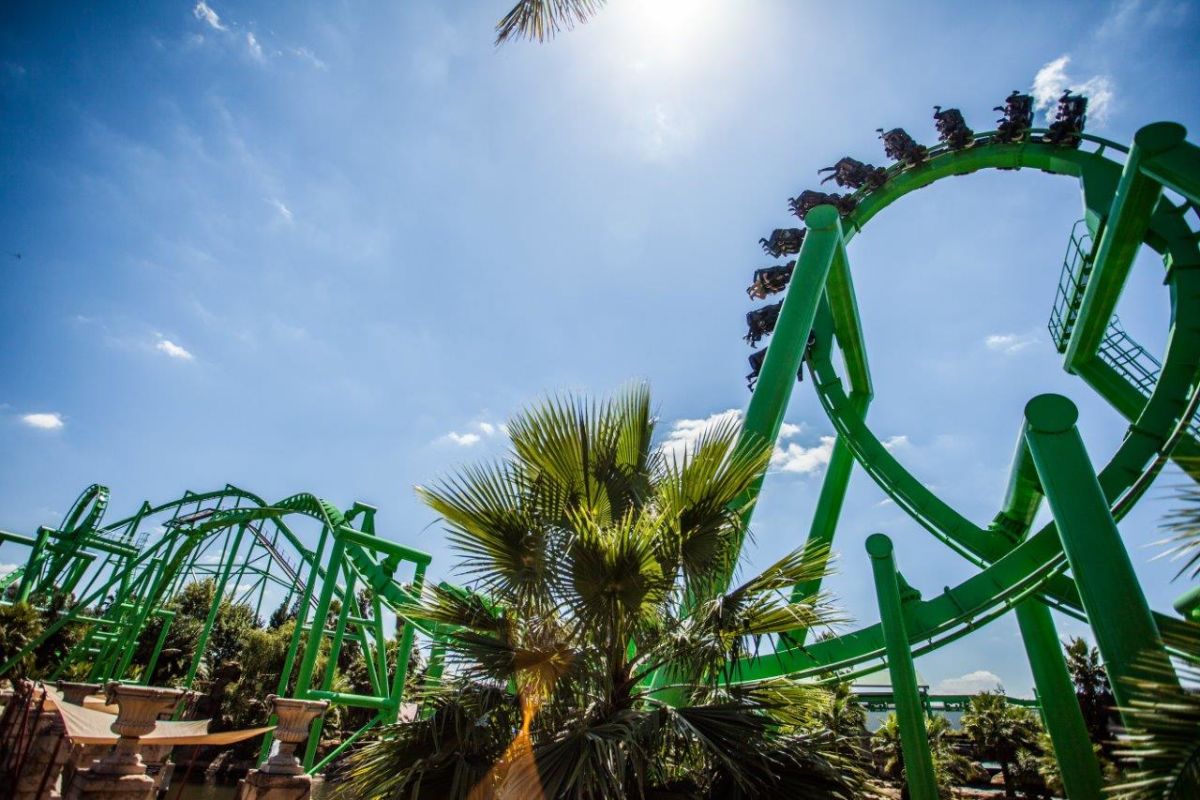The smart Trick of Johannesburg North Attractions That Nobody is Talking About
Wiki Article
Getting My Johannesburg North Attractions To Work
Table of ContentsThe Buzz on Johannesburg North AttractionsThe Main Principles Of Johannesburg North Attractions The Best Guide To Johannesburg North AttractionsNot known Details About Johannesburg North Attractions Johannesburg North Attractions - QuestionsThe 8-Second Trick For Johannesburg North Attractions
The city grew on the edge of the Witwatersrand Main Reef, a below ground stratum of gold-bearing quartz-silica conglomerate that arcs for hundreds of miles underneath the Highveld - Johannesburg North attractions. Most of the gold mines in the city ceased operation in the 1970s, yet in its day the Witwatersrand gold sector accounted for more than 40 percent of the globe's yearly gold manufacturing.Johannesburg has a pleasant climate. Summertime temperature levels average concerning 75 F (24 C); winter temperature levels average regarding 55 F (13 C) and just sometimes dip listed below freezing. The city enjoys about eight hours of sunshine daily in both winter months and summer season. Rainfall standards regarding 28 inches (700 millimetres) per annum, yet the total differs substantially from year to year.
What rainfall the city obtains drops virtually specifically in the summer season, frequently in magnificent late-afternoon electric tornados. Air air pollution presents a substantial trouble, particularly in the winter season, when thermal inversions impede the westward circulation of air from the Indian Ocean. Air pollution is most severe in the densely resolved Black areas on the city's perimeter, where many citizens still count on coal for fuel.

Johannesburg North Attractions for Dummies
The balance of the city is occupied by whites. Holiday accommodation varies in personality and quality. Soweto is well-known for its endless rows of municipally developed, two-room matchbox homes, yet it likewise has a couple of flourishing enclaves as well as bursting squatter camps, where 10s of thousands live without water, electrical energy, or sanitation facilities.Physical development, although rather restricted by transport, proceeded swiftly as migration to South Africa, and Johannesburg in particular, boosted drastically.
A lot of bad suburban areas were mixed, with Read More Here inadequate blacks and whites cohabiting, although the affluent suburbs were usually booked for whites. This changed with the election of the National Celebration in the 1948 political elections, that began to formalise the system understood as discrimination. Apartheid officially designated which suburban areas each race might stay in under the Group Locations Act.
The previous system of eleven numbered regions was reorganised in 2006. Marshalltown, as seen from the top of the Carlton Centre. The M1 and M2 run behind the buildings, and the southerly suburbs prolong past the freeway border. The internal city of Johannesburg is located within the city's Region F. The approximated populace of the region is 200,000, [] The number of people living in the internal city on an informal basis is unidentified, as several are unlawful immigrants. The majority of higher-income citizens and white individuals have actually relocated to the north suburbs and have actually been replaced by lower-income black people. The joblessness, education and learning, and age accounts of the area are all unknown, due to the trouble of obtaining trustworthy information concerning the location.
Little Known Facts About Johannesburg North Attractions.
Yeoville and Bellevue have a mix of home buildings and solitary household systems on tiny lots. The area is located on a hilly divide that runs from eastern to west.
Johannesburg North Attractions for Beginners
R. Tambo International Flight Terminal). The eastern suburbs are a few of the oldest areas of Johannesburg, there are big communities of Jewish and various other European histories, the bulk of the populace is English speaking. There are three golf links as well as a variety of secured ridges with viewsites. There are several strong and up-market enjoyment and buying areas in the east such as the Eastgate Shopping Center and the Greenstone shopping center.Originally developed to house male migrant employees, many This Site have actually been improved as homes for couples and households. The suburb was not historically permitted to develop work centres within the area, so practically all of its citizens are travelers to other components of the city.
Johannesburg North Attractions Things To Know Before You Buy
The N1 Western Bypass connects the north suburban areas with the north-western suburban areas. The residential areas in the north residential areas are primarily formal, with no substantial areas of casual real estate, or housing that lacks an irreversible framework. Although this is a well-known area, there is a fad of land use change from domestic to commercial, specifically along main arterial roads and around recognized nodes.The area is well connected to road networks, specifically along the north-south axis developed by the M1 and N1. Roadways view it to the east and west are much less well developed, as there are no highways travelling in that direction. In the direction of the north boundary of the city, the thickness of growth decreases, leaving huge areas of untaught land around Midrand.
Johannesburg North Attractions for Dummies
, which is located on a hill neglecting the inner city and Hillbrow.Report this wiki page